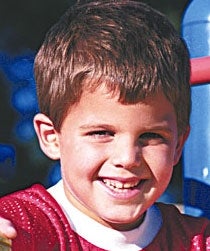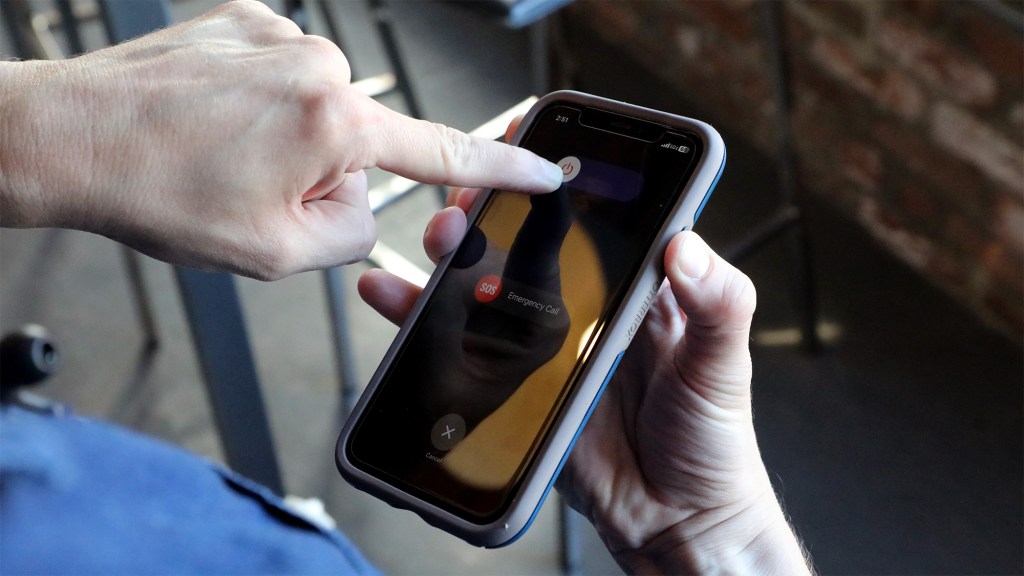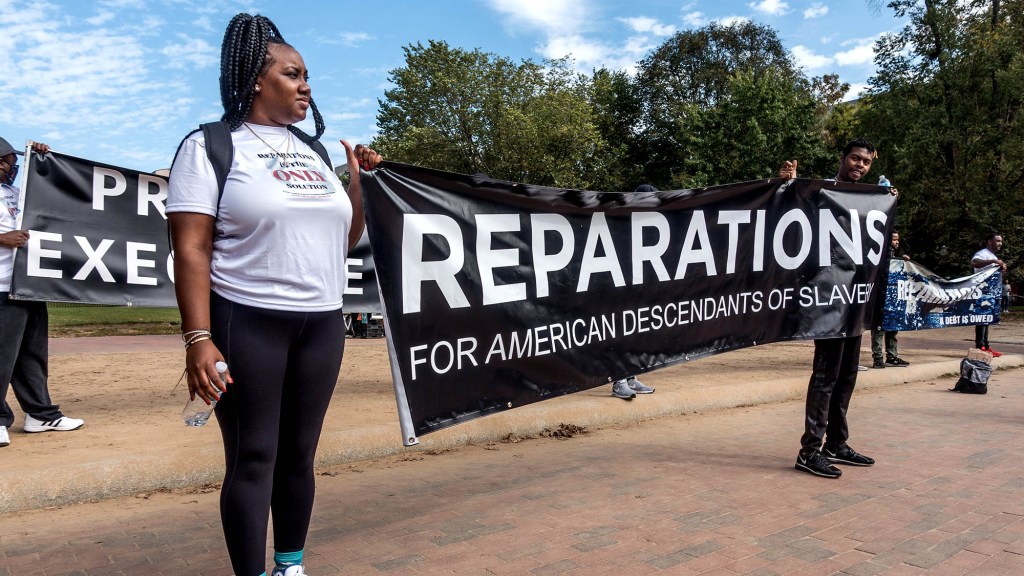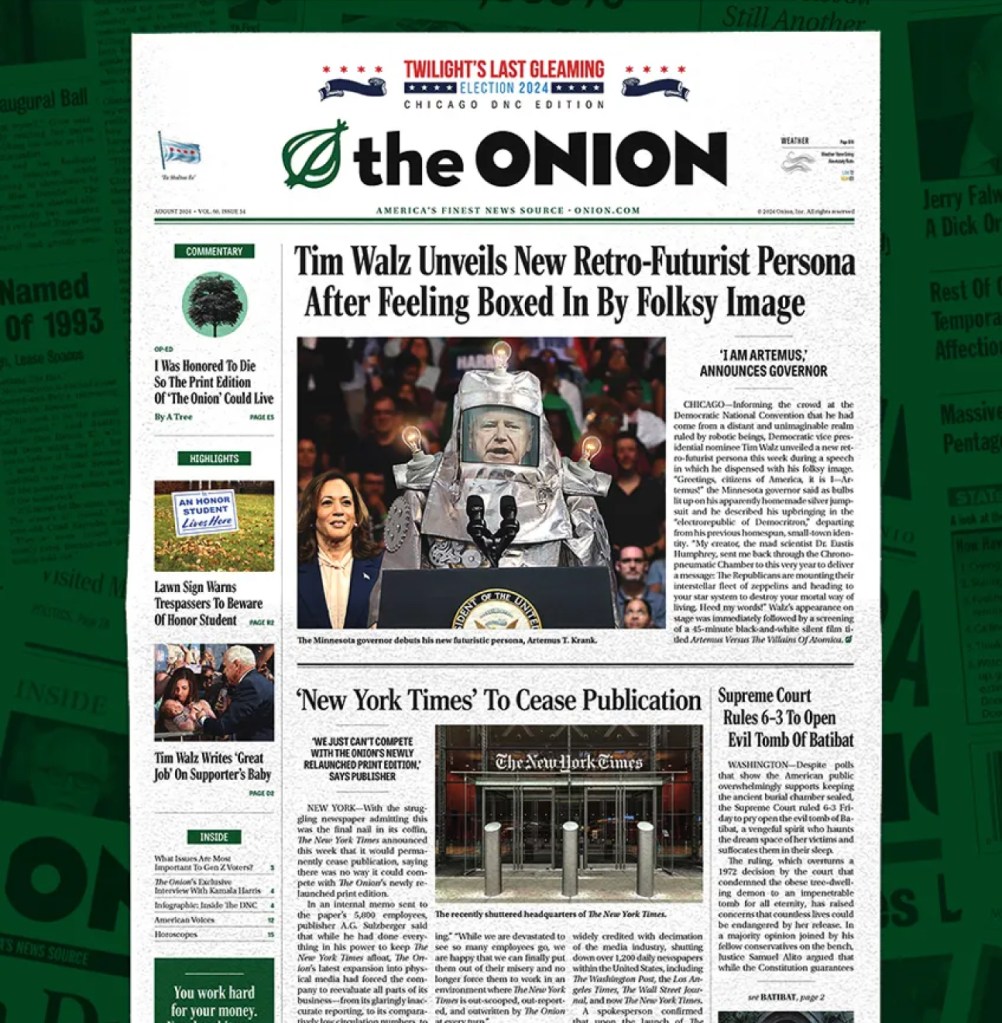PLEASANT, OH—Lucky second-grader Donny White, 7, enjoyed the thrill of a lifetime Monday, when a full-scale emergency evacuation of his small southern Ohio town was ordered following what EPA officials are calling one of the most disastrous toxic-chemical spills in U.S. history.
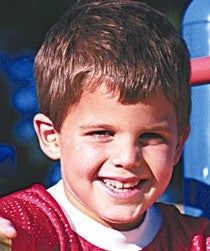
White, who reportedly giggled and clapped his hands with glee during his big adventure, was relocated along with 15,000 other Pleasant residents after a transport train derailed while pulling into the loading dock of a Global Tetrahedron chemical plant near the town’s perimeter, colliding with the facility. The impact ruptured three of the building’s five massive storage tanks, releasing an estimated 3.5 million cubic feet of concentrated Zardozichlorate-3 gas into the surrounding countryside.
“It was so fun!” the wide-eyed White said of his potentially fatal exposure to the toxic substance, which killed nearly $200 million in crops and livestock in a 20-mile-wide area downwind of the accident site. “We got to get out of school, and there was helicopters, and then we got to ride in an Army truck to go see Mommy and Daddy!”
Zardozichlorate-3, a synthetic chemical with both military and industrial applications, kills within seconds in concentrations above .002 parts per million. Spokespersons for Global Tetrahedron have denied any liability for the accident and are citing human error on the part of the train’s crew as the cause of the deadly spill.
“The Army man even let me see his gun,” said White, barely able to contain his excitement. “And there were these space-guys in shiny silver suits, with moon boots and masks like Darth Vader, and they ran around grabbing up all the kids and throwing them in the back of the Army trucks really fast!”
“Wheeeeee!” he added.
White’s big day began after Pleasant Elementary School authorities found him and several classmates playing in what they described as “a big glowing mist that came down out of the sky” during recess in the school playground. Almost immediately, National Guard helicopters, mobilized just minutes prior by Ohio governor Bob Taft, arrived on the scene. Soldiers informed everyone that the school was in the path of an “airborne toxic event” and ordered its evacuation.
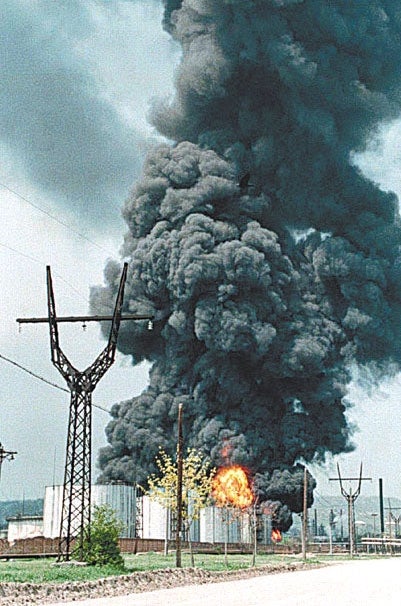
“I had so much fun!” White told reporters. “I never saw a helicopter before except on TV. I counted four, just at our school. They made so much noise I had to cover my ears! It was awesome!”
As the adventure continued, White, along with several thousand others in the path of the quarter-mile-wide toxic cloud, were escorted by national guardsmen to a temporary civilian encampment and toxic-risk-assessment facility, which had been hastily assembled by emergency-response teams in the gymnasium of Abraham Lincoln Middle School in Crystal Rivers, approximately 35 miles away.
“I never slept in a gym before,” said White, who received his “very own cot.” “It was just like Bible camp, only bigger! Everybody from the whole town was there: the baker-man, the mail lady… even Old Widow Shanahan and Pastor James!”
At the encampment, everyone who had been exposed to the toxin was placed under immediate quarantine and given a battery of tests to determine their exact level of exposure. Individuals determined to be at the highest risk received a series of emergency injections and treatments, which medical authorities hope will minimize the potential effects of exposure, which include difficulty breathing, pancreatic dysfunction and long-term damage to the nervous system.
Because of his direct exposure to danger-level concentrations of the toxin, White was given what he called “extra-special treatment” at the emergency bivouac. He was permitted to skip ahead in line, go behind the “emergency personnel only” barricades, and talk directly to medical response teams—privileges the other children were denied.
“There were all these big shiny machines, like in Star Wars,” White said. “And I got to lie down in this one really cool one that spins around upside down, so the doctors could check my brain. It was the best! Timmy and Jessica didn’t even get to ride on it, but I did because I was in the special red-wristband group!”
In addition to his special “maximum-toxicity risk” wristband, White received a cookie, juice, a baseball, a catcher’s mitt, a massive dose of anesthetics and a special radioactive dye, which was injected into his tiny skull.
“All the nice doctors and nurses said I was at the top of their list,” White said. “Of all the kids there, I was the one they paid the most attention to.”
After passing through detoxification, White was given a series of injections hoped to neutralize the traces of Zardozichlorate-3 in his bloodstream, shots he claimed “didn’t hurt a bit.” He was then reunited with his parents in the main area of the gymnasium, where he played Wiffle ball with friends and got to sleep in a special Army-issue sleeping bag while waiting for EPA clearance to return home.
“I had the best time ever,” White said. “It was lots better than when we went to visit Grandma in Idaho. Everything was great except for when Mommy was crying. But I didn’t cry. I wasn’t a fraidycat, I was brave!”
The cloud dispersed within 72 hours, bringing White’s funtime to a close. “I was sad to leave,” he said, “but maybe, if I wish really hard, there will be another tog-sick vent someday, and we can all come back and do it again!”
Doctors said that despite White’s direct exposure to Zardozichlorinate, there is “a strong chance” he will not develop a degenerative nerve disorder.
“He’s shown no symptoms as of this time,” said Col. Matheson Hardaway of the U.S. Army Medical Corps. “That’s a good sign considering the fact that all the livestock we examined seemed to have died within seconds.”
Should he survive into adulthood, White, inspired by his experience, said he wants to become an emergency rescue worker. “Either that, or else I’ll be a scuba diver,” the smiling child said, “and swim under the sea, like Aquaman!”


